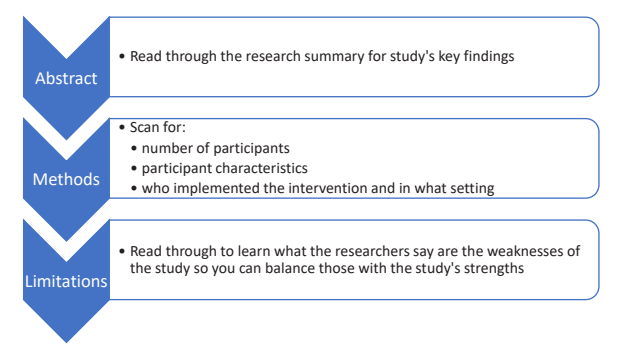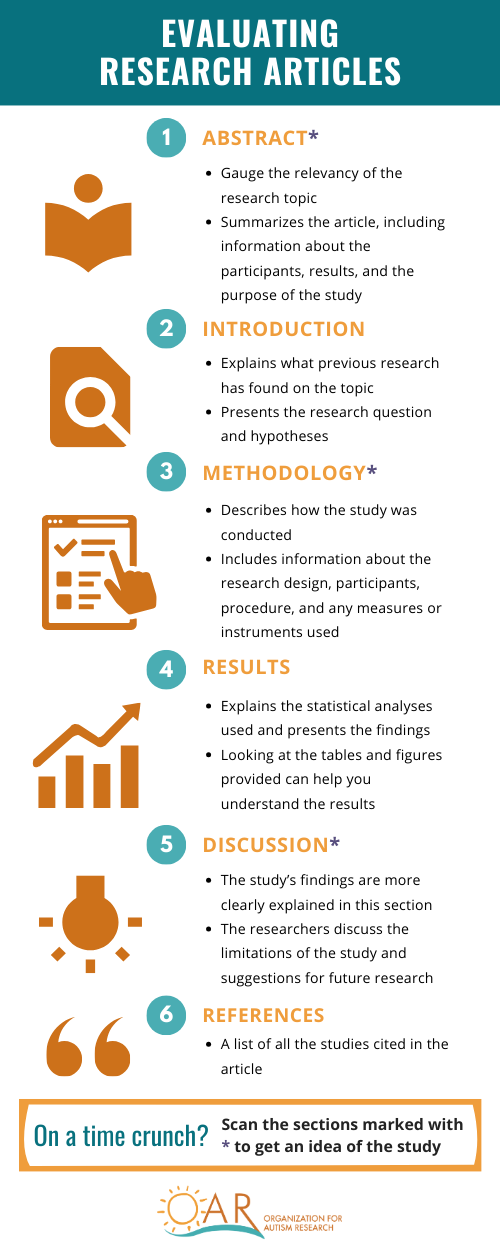
Teen Wins Award For A Coding Program
In 2020, Sreenidi Bala, a teenager from Farmington, Connecticut, started a passion project that would change the lives of hundreds of autistic students.
For most parents, the diagnosis of autism may be emotionally challenging. You may feel overwhelmed by your child’s diagnosis. It is natural and understandable that you feel this way. At the same time, it is important to know that through informed action and the use of appropriate treatments and interventions, you can enhance the quality of your child’s life.
Research being conducted in the field of autism has yielded options from which you and the professionals on your child’s team can choose to support your child. Once you’ve found research studies and interventions that you’re interested in learning more about, it might be difficult to know where to begin. Fortunately, most professional journals that publish research studies use a standard format for reporting research.
First, it is helpful to know that the standard structure of a research article consists of six sections in the following order: (1) Abstract, (2) Background or Introduction, (3) Methods or Methodology, (4) Results, (5) Discussion, and (6) References. You may find that some journals use a different format; nevertheless, you can still use this standard format as a guide for evaluating a research article.
One of the best ways to determine if a research study is relevant to you and your child is by reading the abstract. The abstract contains a summary of the article, typically including information about the purpose of the study, information about the participants that were observed (e.g. age, ethnic background, etc.), and the major results of the study and why they are important.
The background or introduction section of the research study will explain what previous research has found on the topic the study is investigating, how the study will add to previous research, and what research question and hypothesis are guiding the study.
The methods or methodology section explains, in detail, how the study was conducted. This may be broken down into descriptions of the research design, subjects (participants), procedure, and any measures or instruments used (e.g. tests, surveys, etc.).
The results section explains the statistical analyses of the data conducted as part of the study, and presents the findings of the analyses in three formats: (1) narrative (written in text), (2) graphic (depicted in graphs/figures), and (3) tabular (presented in tables). Research studies use sophisticated statistical methods to evaluate their findings. The average person (and even some researchers!) may be unable to evaluate the more complex statistical methods used in conducting research. Therefore, the best strategy for evaluating the findings of a given study may be to get a general idea by looking at the tables and figures provided.
In the discussion section, researchers summarize the findings of the study, give their interpretation of the findings, and present their conclusions about the study. The discussion section explains the findings of the study in terms that are more easily understandable to the average person than the results section.
In the references section of the article, the authors list all research studies that they cited in the article. If you want to look up a reference to learn more, you can search the author’s name or study title in an online database.

If you have limited time to read a full research study, reading the article’s abstract will provide you with a synopsis of the key points of the study and allow you to determine whether to read further. If it looks interesting, scan the methods section to learn more about the participants in the study to see how many there were, if they share characteristics (e.g., age, gender, verbal ability) with the population in which you are interested, and who implemented the intervention in the study (e.g., parents, teachers, researchers, clinicians). This will help you determine the extent to which you can relate the study’s findings to your own questions. Finally, as mentioned, most studies include a limitations section at the end (before the reference list). This is a helpful section to read because this is where the researchers point out any aspects of the study that you should be cautious about. No research study is perfect, so a thoughtfully written limitations section can help you understand the weaknesses of the study and balance that with its strengths.
 This post was adapted from Life Journey Through Autism: A Parent’s Guide to Research. This resource is available in English and Spanish. Click here to order or download the guide.
This post was adapted from Life Journey Through Autism: A Parent’s Guide to Research. This resource is available in English and Spanish. Click here to order or download the guide.